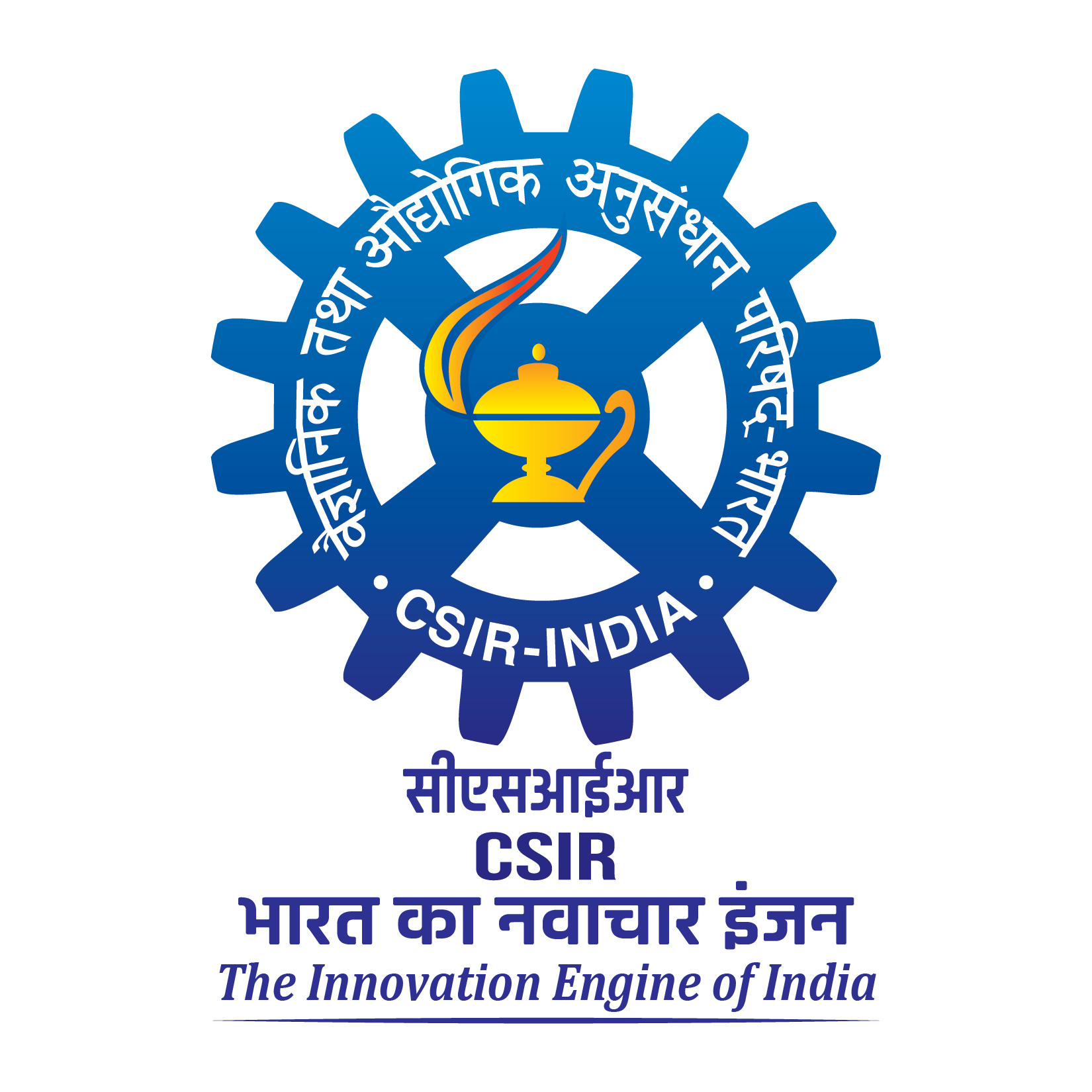by T. S. Shrungeshwara, Bhavani Narukula, Sridevi Jade, Sapna Ghavri, Chiranjeevi G. Vivek & I. A. Parvez
We report the present day GNSS velocities (2015–2021) and strain rates in Himachal, Kashmir and Ladakh Himalaya covering the rupture zones of the 2005 Muzaffarabad earthquake and the 1905 Kangra earthquake. Geodetic strain rates estimated from GPS velocities of about 58 sites spanning last two decades of measurements indicate a mean compression rate of − 32.5 ns/year (nanostrain/year) and dilatation of − 37.3 ns/year. Seismic strain rates are estimated using both the instrumental period (1964–2021) and historical earthquakes since 1500 AD in this region. Seismic strain rates during the instrumental period of the past 50 + years indicate a mean compression rate of − 28.1 ns/year and it slightly decreases to − 21.7 ns/year after including the historical earthquakes of the past 520 years. The Azimuth of the seismic strain tensor for the instrumental and historic periods and geodetic strain tensor is broadly consistent with orientation of major faulting in this region suggesting uniform compression over a long-time interval justifying combined analysis of the strain rate field to determine the seismic potential of the region. Composite analysis of geodetic and seismic strain rates and the associated moments estimate the accumulated strain budget of ~ 1E + 21 Nm in the past 520 years which has a potential of generating future earthquake of Mw > 8 in this segment of Northwest Himalaya.
Source: https://doi.org/10.1038/s41598-023-48997-3

